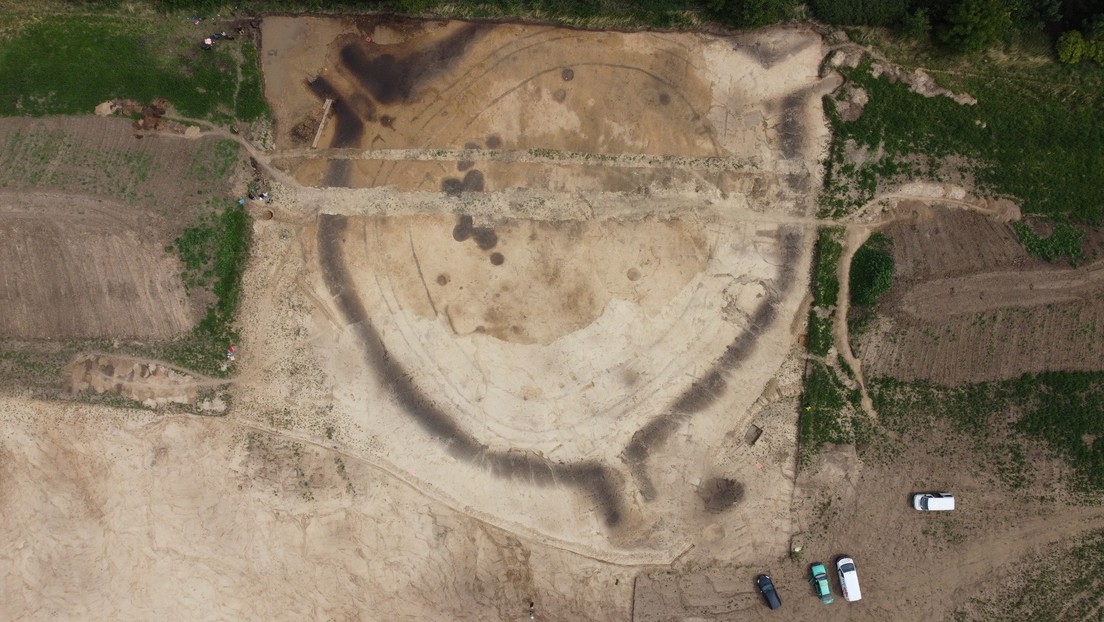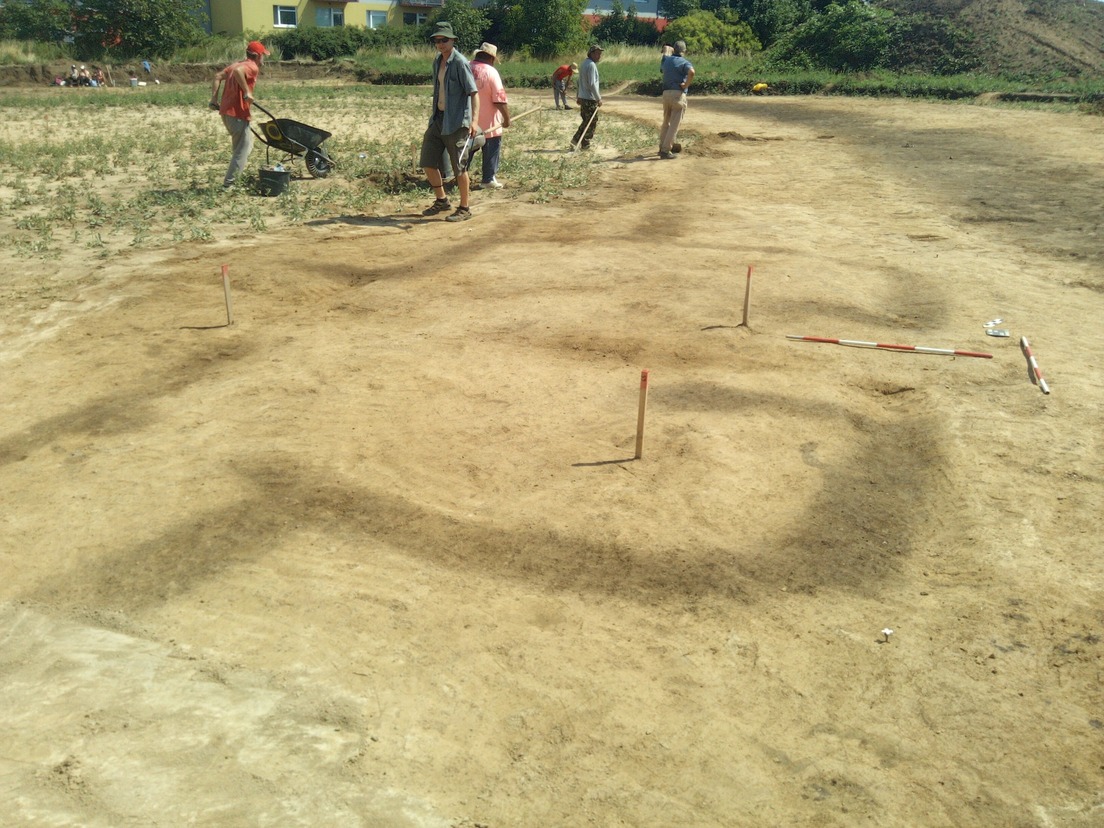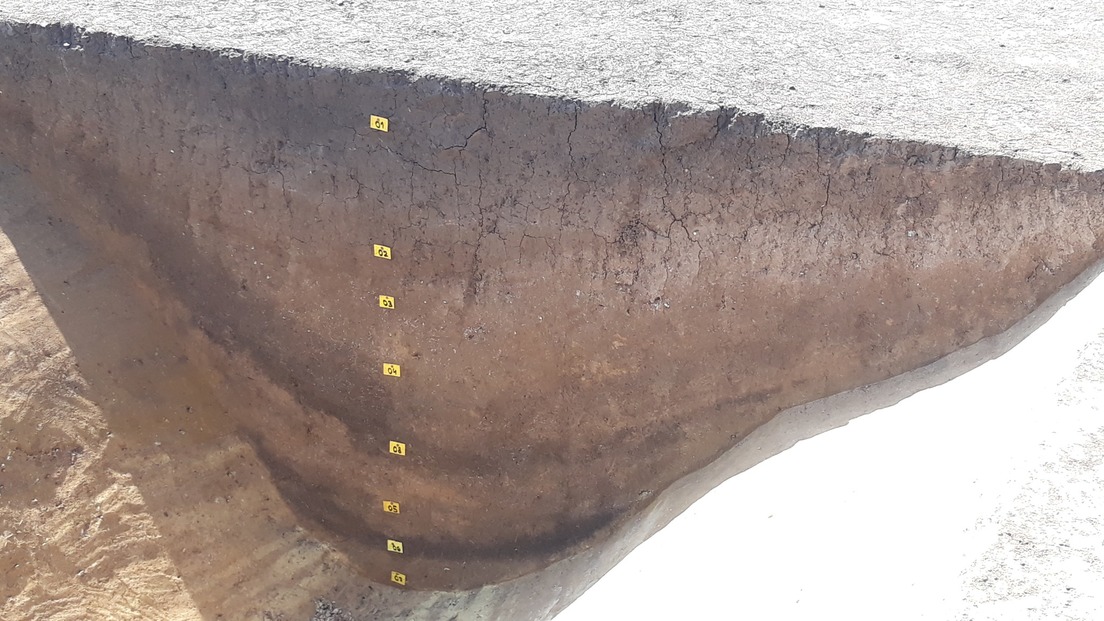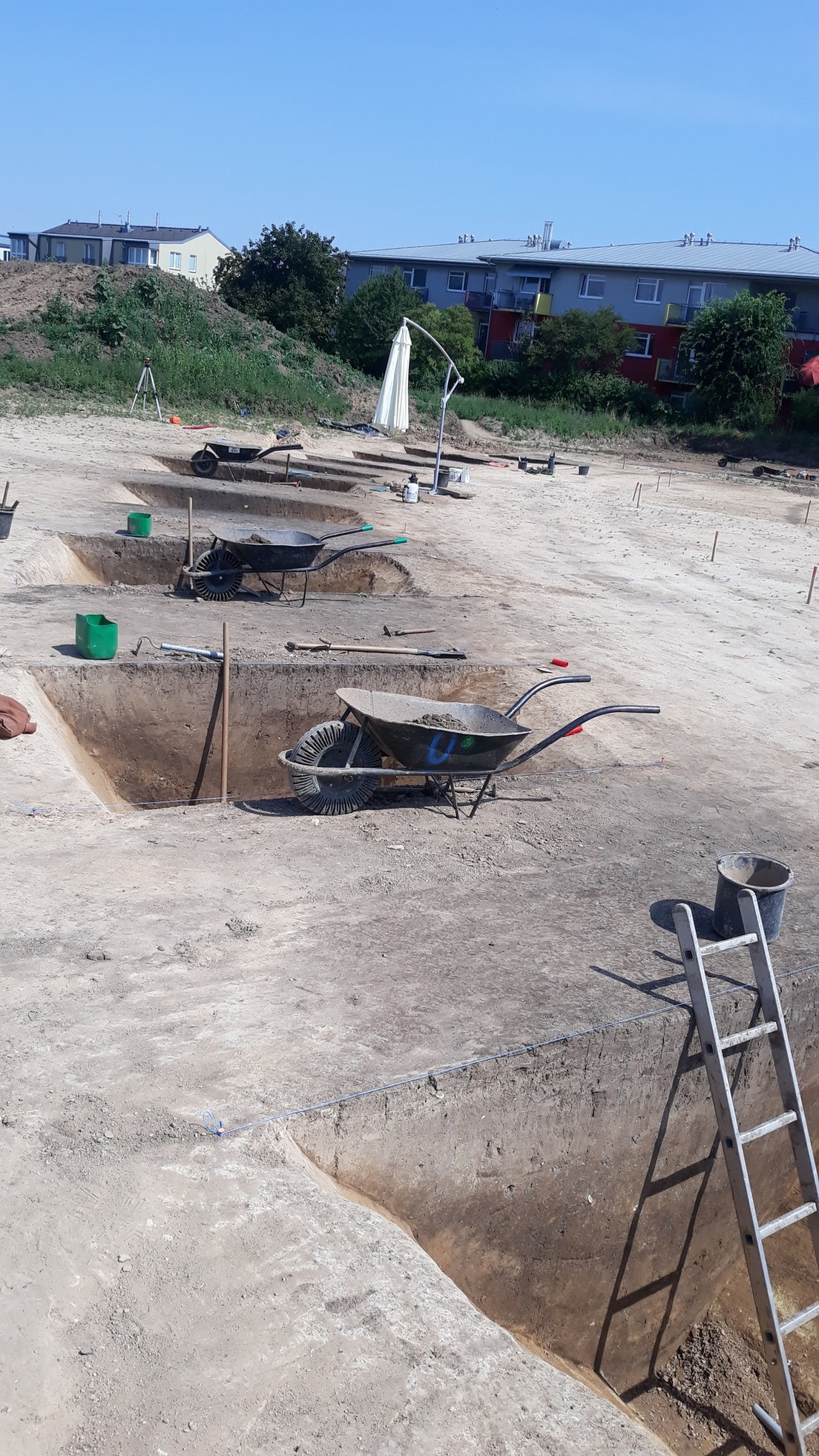 A team of archaeologists excavated in the vicinity of Prague the remains of an "exceptionally well preserved" Stone Age monumental structure. At 7,000 years old, it is older than Stonehenge and the pyramids of Egypt, reported the Archaeology Institute of the Czech Academy of Sciences through social networks.
A team of archaeologists excavated in the vicinity of Prague the remains of an "exceptionally well preserved" Stone Age monumental structure. At 7,000 years old, it is older than Stonehenge and the pyramids of Egypt, reported the Archaeology Institute of the Czech Academy of Sciences through social networks.
According to Miroslav Krau, leader of the research, in an interview with Radio Prague International, the roundel, discovered in the 1980s during the laying of water and gas pipes, was erected in the early Neolithic, between 4,600 and 49 thousand a. .
During the excavations of the roundel, 55 meters in diameter, archaeologists were surprised to discover three separate entrances to the main floor, an unusual configuration for this type of construction. Also, the intact remains of the canals were found in which the poles of the palisade that surrounded the central structure of the complex were embedded.

Despite the investigations that have been carried out on the site, located in the district of Vinor, archaeologists still do not know the role that this building played. Some theories, Krau pointed out, suggest that it may have "been used as an economic center or trade center. It could also have been a religious center where rites of passage or rituals related to the time of year were performed".
Almost the entire structure has now been unearthed; however, investigations of the recovered materials will have to be studied in greater depth, with what is expected to discover the function of the building, as well as contextual information about its construction and occupation period.

The results of future analysis could reveal whether there is any relationship between the Vinor roundabout and a recently discovered Neolithic settlement in its vicinity, which, it is estimated, is contemporary to the complex and was inhabited by a society not yet identified for between 300 and 400 years.
